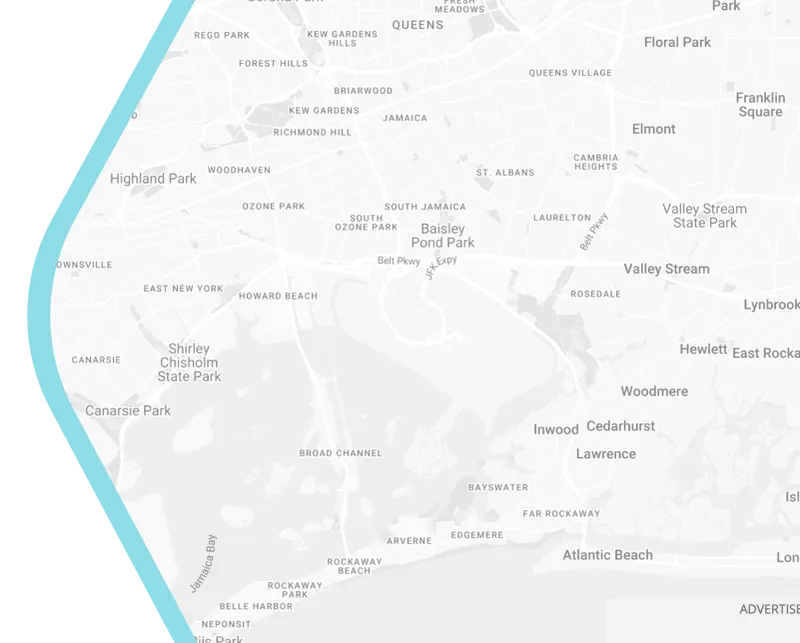
Integrating Public Transit Ride Shares and Bikes with MaaS Platforms
Picture this: You rush out of your apartment, coffee in hand, already late for a meeting. Your train is delayed, the bus stop is three blocks away, and ride-shares are surging. In today’s cities, navigating a patchwork of disconnected transport options feels less like convenience and more like chaos. But what if one app could weave trains, buses, e-bikes, and taxis into a single, stress-free journey? Enter Mobility-as-a-Service (MaaS)—the digital conductor orchestrating the future of urban mobility.
The Fragmented Reality of Urban Commutes
Modern cities are mosaics of transport modes, each operating in isolation. Trains, buses, ride-shares, and bike lanes compete for space and users, creating inefficiencies that ripple through daily life. In Sydney, commuters spend 32 days a year stuck in traffic, while Melbourne’s public transit faces a 15% underutilization rate due to inconvenient connections. This fragmentation isn’t just frustrating—it’s costly. Congestion drains Australia’s economy of $16.5 billion annually, and carbon emissions from transport continue to rise.
The problem? A lack of interoperability. Without unified data sharing or payment systems, switching between transport modes becomes a logistical hurdle. A commuter might take a train, then hunt for a docked bike, only to abandon it for a taxi when rain clouds gather. MaaS dissolves these barriers by treating mobility as an integrated ecosystem, not isolated services.
How MaaS Platforms Weave Transport into One Tapestry
At its core, MaaS is a digital ecosystem that merges transport options into a single platform. Imagine opening an app to plan a trip: it calculates the optimal mix of walking, a metro ride, a shared e-bike leg, and a discounted ride-share finale—all billed through one account. Helsinki’s Whim app pioneered this model, reducing private car use by 34% among users. In Australia, Sydney’s Opal Connect experiment integrates ferries, trains, and Uber into dynamic bundles.
Three pillars make this work:
- Data Fusion: APIs sync real-time schedules, traffic flows, and bike availability.
- Unified Payments: A single wallet covers all modes, with subscription tiers for frequent users.
- AI Optimization: Algorithms adjust routes based on weather, events, or disruptions.
For instance, Brisbane’s MaaS trial partnered with Lime e-bikes and Didi ride-shares. When floods disrupted train lines, the platform rerouted 12,000 users via bikes and shared vehicles within minutes—proving resilience through integration.
Cities Leading the MaaS Revolution
Singapore’s Beeline
Singapore’s government-backed platform crowdsources demand to create pop-up bus routes. Users request rides via the app; when critical mass hits, a minibus appears within 10 minutes. The result? 92% fewer underfilled buses and commutes shortened by 40%.
Los Angeles: Mobility Wallet
LA’s pilot offers low-income residents subsidized "mobility wallets" to spend across Metro trains, Bird scooters, and Lyft. Equity is baked into the code—proving tech can bridge accessibility gaps.
Navigating Roadblocks to Adoption
Despite its promise, MaaS faces hurdles:
- Data Silos: Private ride-share firms guard user data, hindering integration.
- Policy Gaps: Regulations lag behind innovation (e.g., insurance for multi-modal trips).
- Behavioral Inertia: Convincing commuters to abandon car dependency demands cultural shifts.
Solutions are emerging. Berlin’s Jelbi app forces data-sharing agreements with vendors as a condition for market access. Meanwhile, Melbourne’s MaaS Global trial offers corporate subscriptions—employers subsidize fees, accelerating employee adoption.
The Road Ahead: Where MaaS Takes Us Next
The future of MaaS is predictive and proactive. Imagine platforms that pre-book bikes when your train arrives or nudge you toward a carbon-neutral route for loyalty points. With 5G and IoT, sensors in bikes, buses, and streets will feed live data into AI engines, optimizing flows in real time.
For city planners, this isn’t just about smoother commutes—it’s a tool for sustainable urban design. Reduced parking demand frees land for green spaces; integrated data informs transit corridor investments. As Adelaide’s transport director notes: "MaaS turns mobility from a cost center into a value generator."
A Single Tap Toward Smarter Cities
MaaS platforms do more than simplify journeys—they reimagine how cities move. By stitching fragmented systems into a responsive, user-centric network, we’re not just catching trains or unlocking bikes; we’re building urban ecosystems where efficiency, sustainability, and accessibility ride together.
